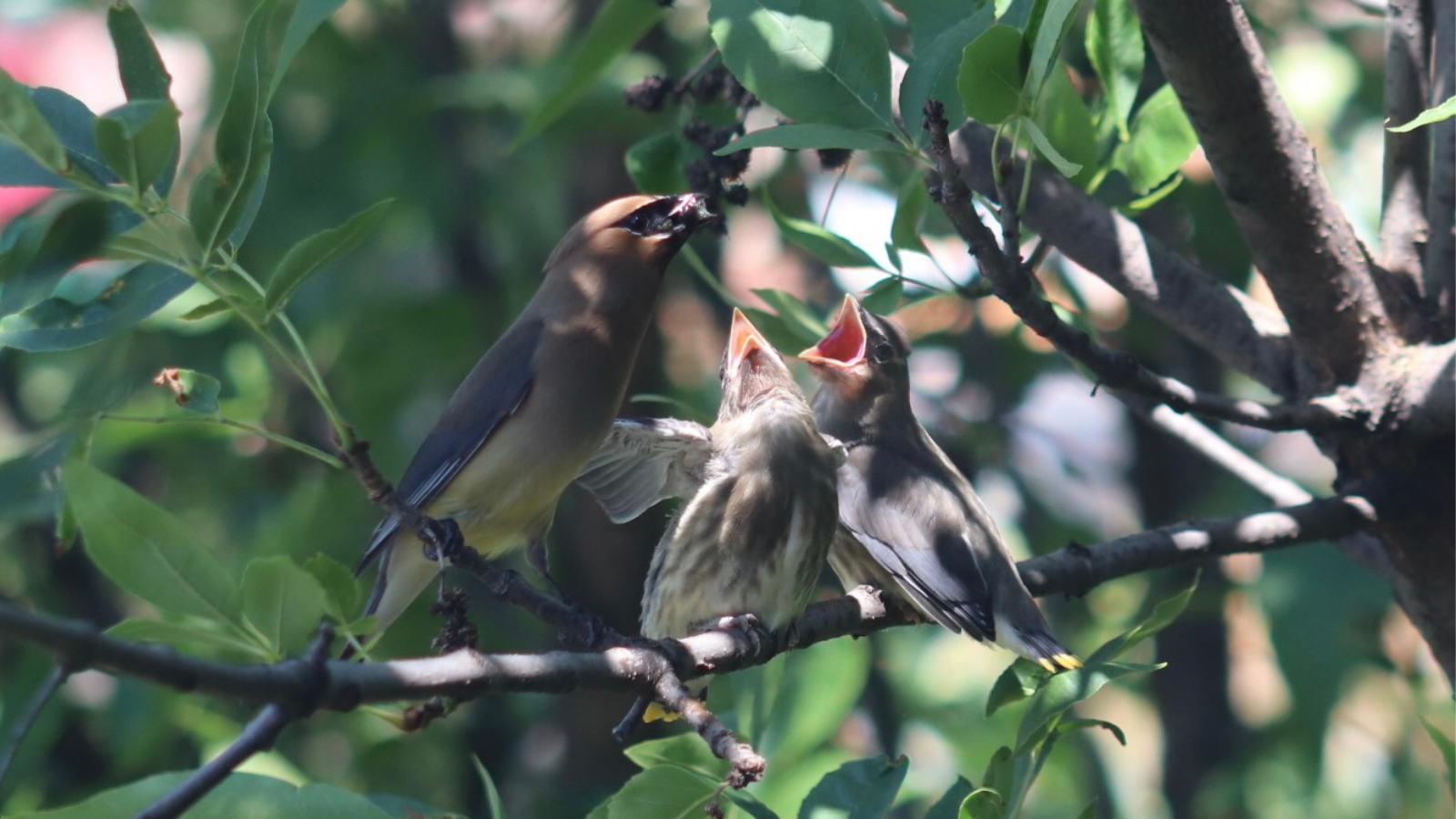
Take action to protect birds from building collisions
Up to 1 billion birds die by colliding into buildings every single year in the US, but this bill will help change that.
Up to one billion birds die by colliding into buildings every single year in the U.S.
If you’ve ever set up a bird feeder in your backyard, gone for a walk to listen to the warblers sing in the springtime, or watched a hawk effortlessly circle overhead, you know that birds are a big part of what makes our natural world so amazing. From the tiniest hummingbird to the mightiest eagle, every bird has a vital role to play in the wider ecosystem.
That’s part of why threats to bird populations are so concerning. When we lose birds, we put our environment at risk of “ecosystem collapse.”
And one surprising threat that puts birds at serious risk is all around us: The windows on our homes and buildings. Up to 1 billion birds die after colliding with windows in the U.S. every year.
Birds are made to fly — but they evolved to navigate an environment very different from the built-up urban landscapes of today.
Smooth panes of glass are reflective. To a bird, windows don’t look like the solid barriers they actually are. If a bird can see the reflection of the sky or foliage in a window pane, it might fly right into it, thinking that there is open space on the other side.
For birds that migrate at night, windows lit up from within can confuse their ability to navigate and drawn them dangerously close to buildings. This is what led to the tragic death of over 1,000 birds in a single night at a Chicago skyscraper.
There are some simple steps we can take to help reduce this deadly threat to migrating birds.
Up to 1 billion birds die by colliding into buildings every single year in the US, but this bill will help change that.
Send Your Message
